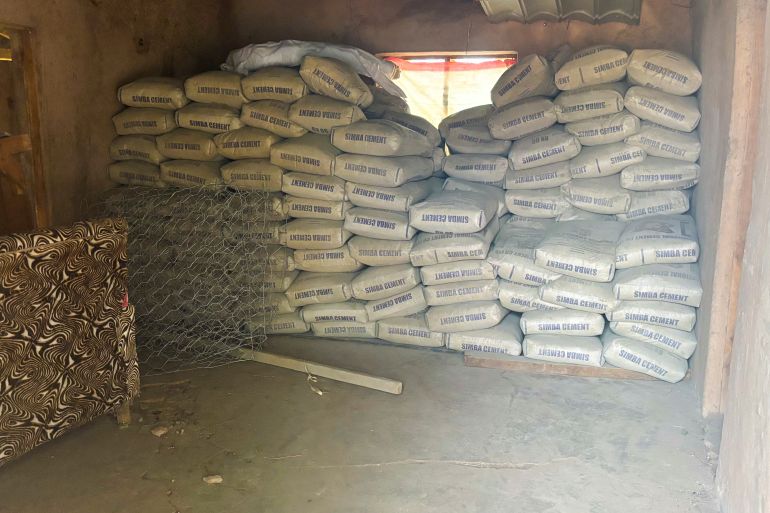Trump asks Supreme Court to let it cut billions in foreign aid

Published On 8 Sep 20258 Sep 2025
Days after a federal judge ruled that United States President Donald Trump’s administration cannot unilaterally slash billions in foreign aid funding, the Department of Justice has asked the Supreme Court to intervene.
In a court filing on Monday, lawyers for the administration asked for an emergency stay to halt the order issued by the lower court and allow the administration to continue to withhold about $4bn in congressionally approved funds.
Last month, Trump said he would not spend the money, invoking disputed authority that was last used by a US president roughly 50 years ago.
Last week, US District Judge Amir Ali ruled that the Republican administration’s decision to withhold the funding was likely illegal.
The money at issue in the case was approved by Congress for foreign aid, United Nations peacekeeping operations and democracy-promotion efforts overseas.
The Justice Department said in its filing on Monday that the administration views the $4bn of disputed foreign aid funding as “contrary to US foreign policy”.
Congress budgeted billions in foreign aid last year, about $11bn of which must be spent or obligated before a deadline of September 30 – the last day of the US government’s current fiscal year – lest it expire.
After being sued by aid groups that expected to compete for the funding, the administration said last month that it intended to spend $6.5bn of the disputed funds. Trump also sought to block $4bn of the funding through an unusual step called a “pocket rescission”, which bypasses Congress.
Advertisement
Ali ruled on Wednesday that the administration cannot simply choose to withhold the money and it must comply with appropriations laws unless Congress changes them.
The judge’s injunction “raises a grave and urgent threat to the separation of powers”, Justice Department lawyers wrote in Monday’s filing, adding that it would be “self-defeating and senseless for the executive branch to obligate the very funds that it is asking Congress to rescind”.
Under the US Constitution, the government’s executive, legislative and judicial branches are assigned different powers.
Trump budget director Russell Vought has argued that the president can withhold funds for 45 days after requesting a rescission, which would run out the clock until the end of the fiscal year. The White House said the tactic was last used in 1977.
Lauren Bateman, a lawyer for a group of plaintiffs, said on Monday that the administration is asking the Supreme Court “to defend the illegal tactic of a pocket rescission.”
“The administration is effectively asking the Supreme Court to bless its attempt to unlawfully accumulate power,” Bateman said.
In recent months, the Supreme Court has issued a number of decisions in Trump’s favour through the use of emergency rulings – rarely requested by previous administrations but which Trump has sought and received in record number.
From the beginning of his second term in January to early August, Trump had sought 22 emergency rulings, surpassing the 19 requested in all four years of President Joe Biden’s administration and nearly three times as many as the eight requested during each of the presidencies of Barack Obama and George W Bush, both of whom served two terms, or eight years.
The rulings differ from typical cases in that they are often issued in extremely short, unsigned orders that give little in the way of legal reasoning despite the high stakes involved. That lack of transparency has led to criticism from legal scholars as well as rare pushback from federal judges.
As of August, the court had sided with Trump in 16 out of the 22 emergency ruling cases.
